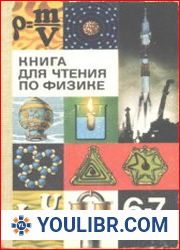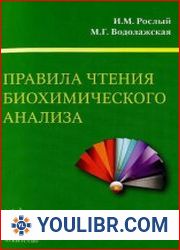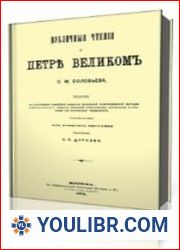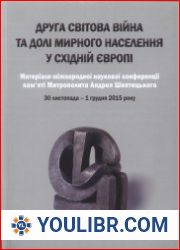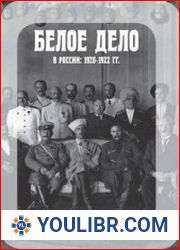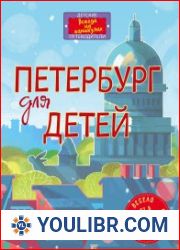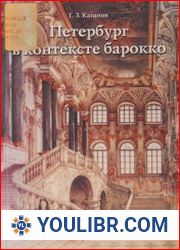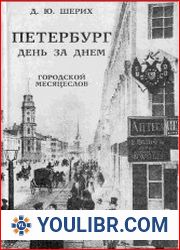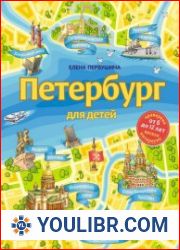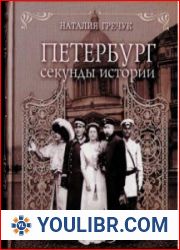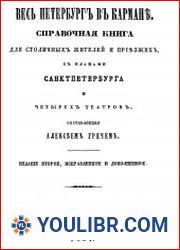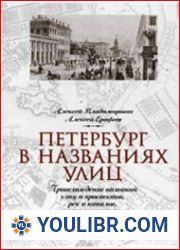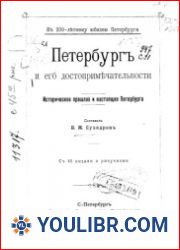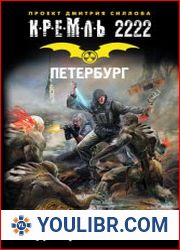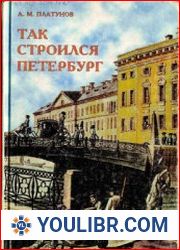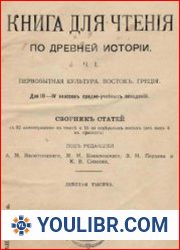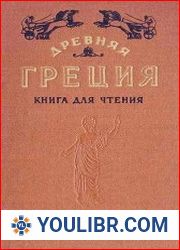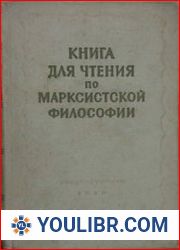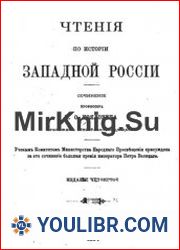
BOOKS - HUMANITIES - Шедевр трудного чтения. Петербург Андрея Белого...

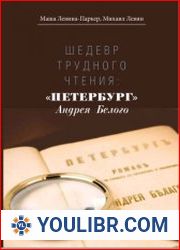
US $8.97

141146

141146
Шедевр трудного чтения. Петербург Андрея Белого
Author: Русский «Петербург» Андрея Белого – один из самых замечательных и сложных романов ХХ века. Белый создает иной мир со своими законами – словесными, композиционными и даже физическими. ы исследования стараются установить, какими приемами он пользуется – и каких добивается эффектов. Технику письма Белого они характеризуют как художественное косноязычие, под которым понимают имитацию неумения правильно выразиться. В композиционных технологиях выделяют специфические сочетания связи и бессвязности, среди которых особую роль играет ложная бессвязность – имитация путаницы, за которой скрывается невидимая связь. В заключительной главе авторы предлагают реконструкцию четырех сквозных линий романа – бомбы, обещания, письма и времени – каждая из которых наглядно показывает, что за хаосом на поверхности произведения кроется тщательно выстроенный порядок.«Петербурга» задает читателю загадки, которые кажутся неразрешимыми, и вместе с тем прячет в тексте подсказки, позволяющие их разгадать. В этом «Петербург» подобен детективу – с той разницей, что раскрывать надо не преступление, а смысл высказывания. ы исследования сравнивают стилистические и композиционные приемы Белого с приемами Гоголя и Андрея Платонова. Обсуждаются подходы к теоретическому осмыслению иноязычия и иносвязи в произведениях различных прозаиков.td>tr>
Year: 2020
Number of pages: 586
Format: PDF/DJVU
File size: 10 MB
Language: RU

Year: 2020
Number of pages: 586
Format: PDF/DJVU
File size: 10 MB
Language: RU
"Petersburg" by Andrei Bely is one of the most remarkable and complex novels of the twentieth century. White creates a different world with its own laws - verbal, compositional and even physical. The authors of the study are trying to establish what techniques he uses - and what effects he achieves. They characterize Bely's writing technique as artistic tongue-tied language, by which they mean imitation of inability to express correctly. In compositional technologies, specific combinations of connection and incoherence are distinguished, among which false incoherence plays a special role - imitation of confusion, behind which an invisible connection is hidden. In the final chapter, the authors propose a reconstruction of the novel's four through lines - bombs, promises, letters and time - each of which vividly shows that behind the chaos on the surface of the work lies a carefully arranged order. The author of "Petersburg" asks the reader riddles that seem insoluble, and at the same time hides hints in the text that allow them to be solved. In this, "Petersburg" is like a detective - with the difference that it is not a crime that needs to be solved, but the meaning of the statement. The authors of the study compare Bely's stylistic and compositional techniques with those of Gogol and Andrei Platonov. Approaches to the theoretical understanding of foreign language and foreign relations in the works of various prose writers are discussed.











